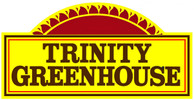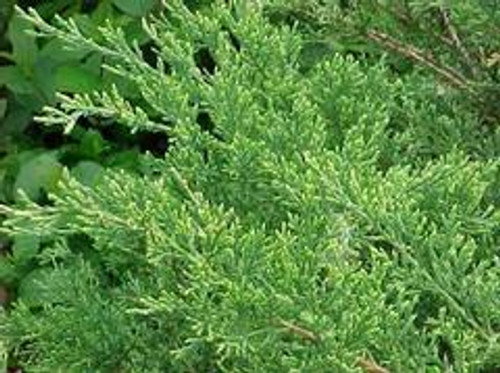Product Overview
Culture
Grow in average, medium moisture, well-drained soils in full sun. Adapts to a wide range of soils, but prefers a dryish, sandy soil. Tolerates hot, relatively dry growing conditions, somewhat poor soils and many city air pollutants. Intolerant of wet soils.
Noteworthy Characteristics
Juniperus horizontalis, commonly called creeping juniper, is a procumbent evergreen shrub that is native to Alaska, Canada and the northern U.S. from New England to New York to the Great Lakes, Wyoming and Montana. Distribution in the northern U.S. is somewhat spotty. It is typically found growing in rocky or sandy soils including rock outcroppings, stony slopes, coastal cliffs, prairies, sand dunes and stream banks. It forms a low groundcover that generally rises to 6-18” tall but spreads by long trailing branches with abundant short branchlets to form an often-dense, 4-10’ wide mat. Foliage is primarily scale-like (adult) with some awl/needle-like (juvenile) needles appearing usually in opposite pairs. Foliage is typically green to blue-green during the growing season, but often acquires purple tones in winter. Fleshy seed cones (dark blue berries) generally mature in two years, but are often absent on cultivated plants.
Genus name comes from the Latin name for the juniper.
Specific epithet is in obvious reference to the horizontal branches.
‘Bar Harbor’ is a relatively fast-growing male cultivar which features blue-gray foliage that becomes purplish in winter. It typically grows up to 12” tall but spreads to 6’ wide or more.
Problems
No serious insect or disease problems. Junipers are generally susceptible to blights (dieback of stem tips), particularly in unusually rainy/wet springs. Cedar-apple and related rust diseases spend part of their life cycle on junipers. Root rot may occur, particularly in wet, poorly drained soils. Occasional insect pests include aphids, bagworms, webworm, and scale. Watch for spider mites. Foliage on mature plants will sometimes die back in the center.
Garden Uses
A versatile, sprawling ground cover. Rock gardens. Foundations. Retaining wall edges. Mass on slopes for erosion control. Good for rocky ground. Hot and dry areas.








